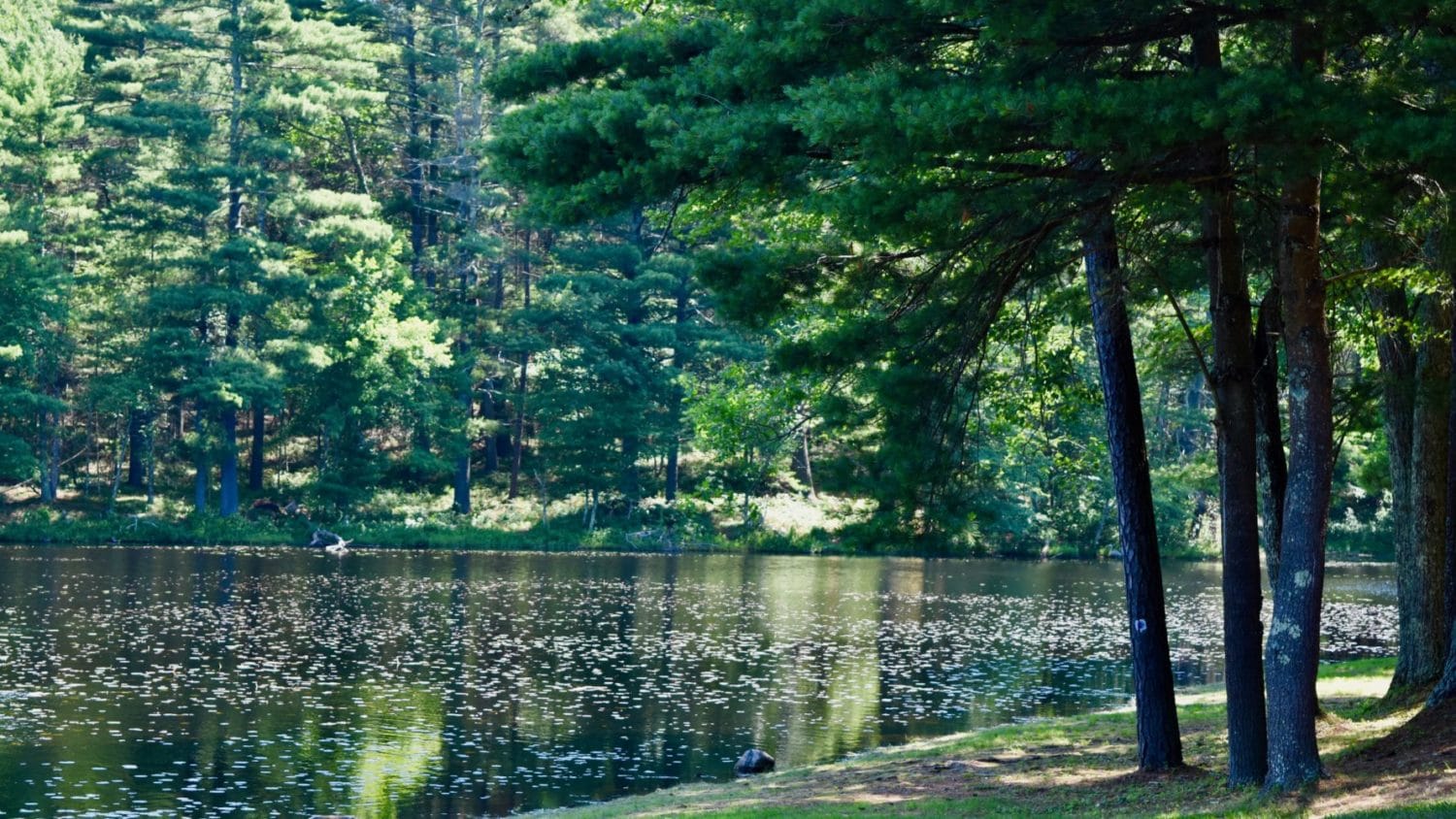Open space and core forests are under threat
“We take too much of it for granted,” said Paul Roselli, president of the Burrillville Land Trust. “Town planners, municipal governments look at land as opportunities for industrial growth, often in places where industry doesn’t belong. Solar arrays wipe out a lot of the forests, fragmenting these large tracts of land and damaging water quality, air quality, forest habitat, species
February 12, 2020, 10:53 am
By Uprise RI Staff
“We take too much of it for granted,” said Paul Roselli, president of the Burrillville Land Trust. “Town planners, municipal governments look at land as opportunities for industrial growth, often in places where industry doesn’t belong. Solar arrays wipe out a lot of the forests, fragmenting these large tracts of land and damaging water quality, air quality, forest habitat, species life and why people moved here in the first place.“
The Burrillville Land Trust announced today that the core forests in Northern Rhode Island are under threat and it is time to do something about it.
“It started with the potential for clear cutting 200 acres for a power plant in Burrillville. Now 400 acres in North Smithfield for a solar array are under threat as well as Hopkinton, Coventry, Foster and more. All areas contain forests that are considered ‘core’ forests in the Ocean State,” said Paul Roselli, president of the Burrillville Land Trust.
While Rhode Island calls itself “The Ocean State” the title does not reflect the fact that forests comprise more than half the state’s land area. 56 percent, or 368,373 acres of the state’s land area, is covered by forests. 68 percent of that land is privately owned and since colonial times has seen cutting cleared for ships’ masts, factory support beams and agriculture. An estimated 213,000 acres, or 58 percent of the forested land in the state, is considered core forest. Core forests are defined as blocks of forested land greater than 250 acres in size, such as the 400 acre site in North Smithfield.
Such large, intact forests have high conservation value, especially for Rhode Island’s small size. But the largest intact areas are in the northwestern part of the state with greater concentrations of intact forest to the west in Connecticut and north into Massachusetts. When combined, this three state forested region is one of the largest intact tree canopies in all of the lower 48 United States.
“This is where the problem lies,” said Roselli. “We take too much of it for granted. Town planners, municipal governments look at land as opportunities for industrial growth, often in places where industry doesn’t belong. Solar arrays wipe out a lot of the forests, fragmenting these large tracts of land and damaging water quality, air quality, forest habitat, species life and why people moved here in the first place.”
Rhode Island forestry and wood products sector spans commercial loggers and arborists, forest consultants, sawmills, wood products manufacturers, woodworkers and tree farms. These 513 firms generated 2,482 jobs and $407.2M in gross sales in 2016, according to a report released by the Department of Environmental & Natural Resource Economics at the University of Rhode Island.
Including spillover effects across all sectors of the Rhode Island economy, the total economic impact was 4,824 jobs and output of about $715M, according to the report. This study is the first to measure the economic impact of the Rhode Island’s forestry and wood products industry.
“This report, and others, shows the economic value of our forests,” said Roselli. “The intrinsic, cultural and environmental impact is far greater. Imagine what it would cost to build a water treatment facility to purify drinking water. Nature does it for free.”
On February 13th, the Burrillville Land Trust, along with Engage North Smithfield, North Smithfield Heritage Association, Rhode Island Association of Conservation Commissions and the Rhode Island Forest Conservators Organization is holding an hour long workshop on saving the farm and forest. The presentation starts at 7pm and is held at Heritage Hall, 101 Greene Street, North Smithfield, Rhode Island. The event is free and open to anyone interested in saving Rhode Island’s farms, forests and special places.
“There are alternatives,” said Roselli. “It’s time to save our land from the bulldozer.”
[From a press release]





